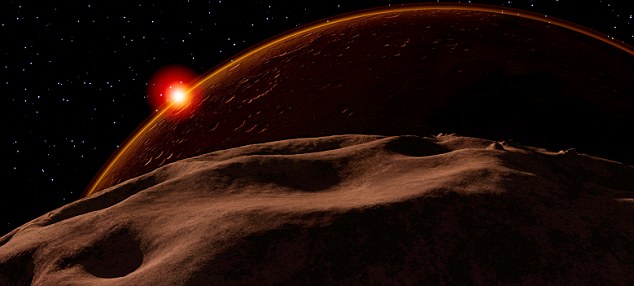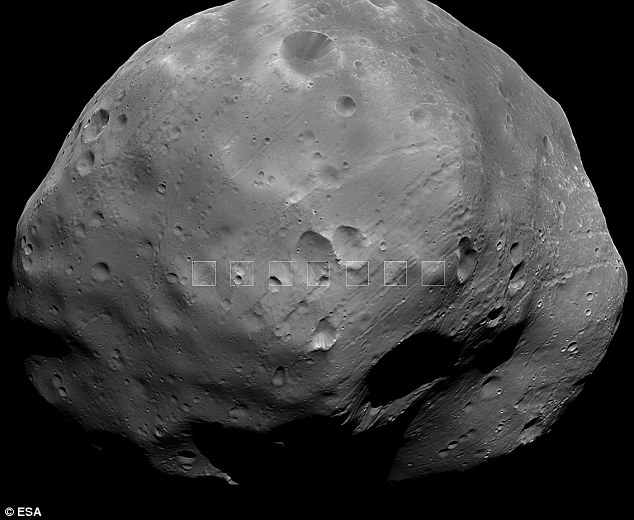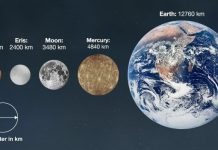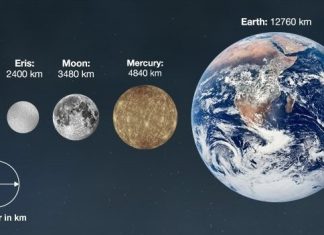
Mars moons to be targets of future Nasa mission
Moons could have material from Mars blasted off by asteroid impacts
Phobos could be easiest way to find out if there is life on Mars
A mission to Mars’s ‘dark’ moon Phobos could yield our first evidence of alien life, a professor has claimed.
‘A sample from Phobos, which is much easier to reach than the Red Planet itself, would almost surely contain Martian material blasted off from large asteroid impacts,’ said Jay Melosh of Purdue University.
‘If life on Mars exists or existed within the last 10 million years, a mission to Phobos could yield our first evidence of life beyond Earth,’ says Melosh.
Nasa said this month that Mars’s moons could be a cheap, easier target for future Mars missions.
‘One of the big scientific questions is how did life spread,’ says professor Jay Melosh. ‘In our solar system a lot of exchange that takes place – it’s quite possible life started on Mars and came to Earth.’
Could life ‘hop’ between worlds in a solar system in the form of living microbes carried through space on rocks?
There’s also been a great deal of discussion about the possible spread of life in the universe from star to star.’
One of the least reflective bodies in the solar system, Phobos also orbits Mars below the synchronous orbit radius.
This means that it moves around Mars faster than the planet itself rotates.
The planet has two moons, Phobos and Deimos, and has an average distance from Earth of 78million kilometres, but can come as close as 55.7million kilometres.

Martian moon: Taken by Europe’s Mars Express probe earlier this month, this image has been photometrically enhanced to illuminate the darker areas of Phobos, one of the least reflective bodies in the solar system

In focus: Superimposed on this photo are seven super resolution channel (SRC) images that show more details of the moon’s surface
Moon rocks and Mars meteorites have been found on Earth, which led Melosh to previously suggest living microbes could be exchanged among planets in a similar manner.
Melosh said a more extended solar system would be needed for exchange of materials among planets.
‘None of the solar systems that have been found so far would have opportunities for exchange of life among the different planets like what our own solar system offers,’ he said.

![mars-alien-proof[1]](https://coolinterestingnews.com/wp-content/uploads/2016/03/mars-alien-proof1.jpg)












